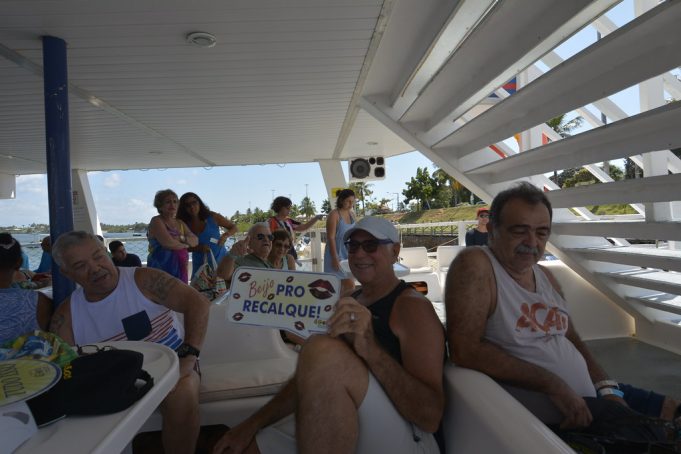
Top Tips for Successful Navigation in the BackCountry
As an outdoor enthusiast you will at some point make a decision to learn how to navigate in the backcountry. Whether you use a map, compass, GPS receiver or all three, there are several things you should know about successful navigation. Your safety and the safety of your companions depend upon it.
Backcountry activities such as hiking, orienteering, hunting, climbing, geocaching, fishing, four-wheeling and camping are all loads of fun – until you get lost. That’s why you should know how to navigate. But navigation doesn’t start when you find yourself hopelessly lost. Navigation begins BEFORE your adventure begins so that you don’t place yourself in harm’s way. Let’s take a look at the top tips for successful off road navigation.
The first three tips pertain to getting ready to go:
* Prepare your body. I cannot overstate the necessity for proper preparation. If you are not in good physical condition when you begin your adventure, you are placing yourself in danger. No matter what your current physical conditioning is – improve it before you start. An exhausted body will negate any acquired navigational skills.
* Prepare your mind. If you are using tools, and you should be, such as a map, a compass or a GPS Unit make sure you know how to use them. In order of priority: Maps are most important to understand and use, proper use of a magnetic needle compass is next and finally a GPS unit. Do not rely solely on your GPS. GPS’s only work well when you’re moving and they don’t work at all with dead batteries. Take a class on using your compass with a map. It is not only interesting, it is also a required life skill for the outdoor enthusiast.
* Have a plan and tell someone about it. Whenever you go into the vast backcountry, be sure to tell someone back home where you plan on going, how you plan on getting there and when you’ll be back. If you break your leg, it would be nice if help could find you.
Now that you are a prepared navigator, you’re ready to go. Here are the remaining tips:
* Trust your compass. Many people get lost by trusting their “instincts” instead of their compass.
* Always orient your map to the landscape. The best way to do this is to orient North on the map with the North bearing on your compass. I also face north when making directional decisions off of a map. A miss-oriented map can easily lead to confusion.
* Be sure of your Declination. The difference between True North and magnetic north is called your declination. This is critical for accurate compass use. If you don’t understand declination, you weren’t paying attention in your map/compass class. If your map is fairly new, use the declination value on the map and adjust your compass as required. If your map is older than 5 years…you’re not very well prepared. Most modern GPS Units calculate the declination value for you. This value should match the value on your map.
* Always measure for yourself. You’ve prepared for your trip, now you should use what you learned. Bearing (direction of travel) and distance (number of steps or lapsed time) are the two most important measurements to you when traveling in the backcountry. Always measure for yourself, do not rely on anyone else for this. If your partner comes up with something different, sort it out. If you come up with the same thing as your partner, then move on in confidence.
* Never travel at night. Although a star lit sky can offer accurate navigational data, traveling at night is risky. Only experienced travelers should travel after dark. The major risk of traveling at night is injury. It is difficult to judge “footfall” distances and terrain in the dark.
* Keep a log book. If you are traveling from station to station (map feature to map feature) keep a written log of the bearing and distance decisions you’ve made. This will aid you in recovering from navigational errors and will also aid you in returning to a known location.
* If you think you’re lost S.T.O.P. Oftentimes admitting you are lost is the toughest thing to do. It is also the most important thing you can do. Once you’re lost, Sit, Think, Observe and Plan. S.T.O.P. will save you.
Some final thoughts:
* It’s OK to write on your map.
* You should know how many steps you take to travel 100 yards. Write this number down on your map and in your log book.
* When a new land feature presents itself to you, compare it to your map.
* Keep your compass hanging around your neck, not in your pack.
* Never use your compass on the hood of your car or truck. Compass accuracy is adversely effected by metal objects.
* Always travel with extra batteries for your GPS.
* Pay attention to natural and manmade features such as fence lines, power lines, railroad tracks, ridges, valleys and rivers.
Backcountry activities are fun…until you get lost. That’s why you should know how to navigate. Take a map reading class, read an orienteering book and practice. Like most life skills, navigating in the backcountry is easy to learn.
Use this information and you’ll Get It Right The First Time. Get Outdoors!









